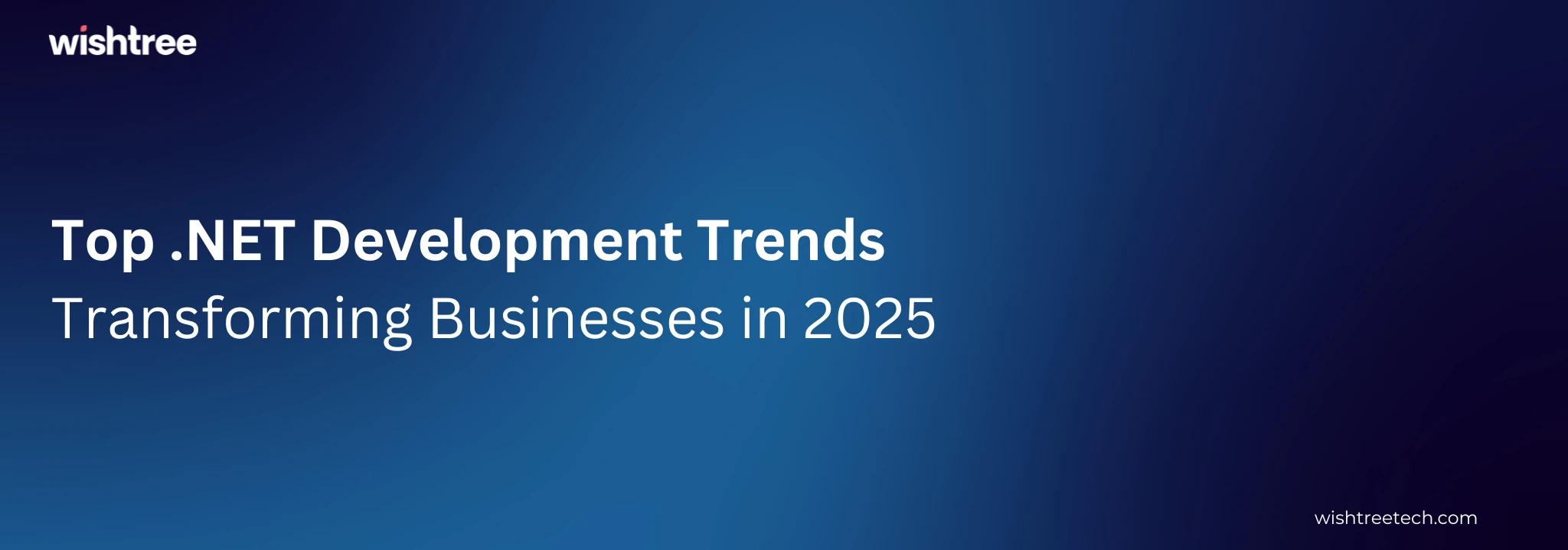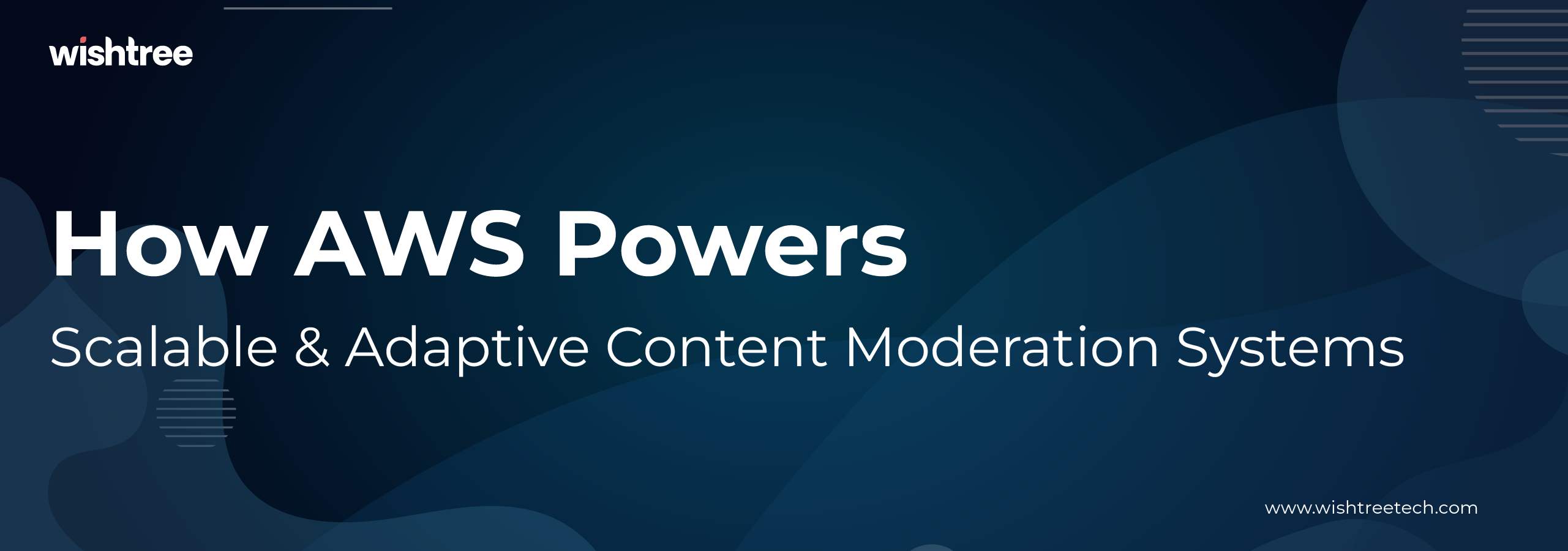Table of Contents
In today’s interconnected world, where businesses of all sizes increasingly rely on cloud-based services, cloud security has become a paramount concern. Well, that’s no surprise to you, is it? As more and more organizations migrate sensitive data and critical applications to the cloud, the risks associated with data breaches, unauthorized access, and other cyber threats will only keep growing.
And that’s exactly why today no business can do without learning the importance of cloud security:
Protection of sensitive data:
Cloud environments often store valuable customer information, financial data, intellectual property, and other sensitive assets. A breach of cloud security can lead to data theft, identity theft, and financial loss.
Compliance with regulations:
Many industries have strict data privacy and security regulations, such as GDPR and HIPAA. Failure to comply with these regulations can result in hefty fines and reputational damage.
Business continuity:
A compromised cloud environment can disrupt operations, leading to downtime, loss of productivity, and financial losses. Robust cloud security measures help ensure business continuity and resilience.
Safeguarding brand reputation:
Data breaches and cyberattacks can very well tarnish a company’s reputation, eroding customer trust and potentially leading to significant financial losses.
Protecting against emerging threats:
The threat landscape is constantly evolving, with new vulnerabilities and attack methods emerging regularly. Solid and well-planned cloud security practices are essential to protect against emerging threats.
Data Breaches: A Growing Threat to Cloud Security
Data breaches remain a persistent and significant threat to cloud environments. These incidents can result in the unauthorized access, disclosure, or theft of sensitive information, leading to financial losses, reputational damage, and legal consequences.
Common Data Breach Types Explained
- Ransomware: Malicious software that encrypts data and demands a ransom payment for decryption.
- Phishing: Deceptive emails or messages designed to trick users into clicking on malicious links or downloading attachments.
- SQL injection: A type of attack that exploits vulnerabilities in web applications to execute unauthorized SQL commands.
- Denial-of-service (DoS) attacks: Overwhelming a system with traffic to render it inaccessible.
- Credential stuffing: Using stolen credentials to gain unauthorized access to accounts.
Recent High-Profile Cloud Data Breaches
- Equifax (2017): This major credit reporting agency suffered a data breach that exposed the personal information of millions of consumers.
- Capital One (2019): A cloud misconfiguration allowed an attacker to access the personal data of 100 million individuals. What a fiasco!
- TikTok (2020): Reports of data breaches and privacy concerns raised questions about the security of user data on this extremely popular social media platform.
Supply Chain Attacks: A Growing Threat to Cloud Security
Supply chain attacks exploit vulnerabilities in third-party vendors and suppliers to gain unauthorized access to cloud environments.
Common attack vectors include:
- Compromised software supply chains: Malicious actors can introduce vulnerabilities or malware into software components used by cloud-based systems.
- Phishing attacks: Employees of third-party vendors are targeted to gain access to their credentials or sensitive information.
- Social engineering attacks: Employees of third-party vendors are manipulated to divulge confidential information or perform unauthorized actions.
Recent Supply Chain Attacks in Cloud Environments
SolarWinds (2020):
A major software supply chain attack compromised the software of SolarWinds, a widely used network management platform. This allowed attackers to infiltrate government agencies and businesses worldwide.
Codecov (2021):
This code coverage analysis tool was compromised. Then, the attackers could access the source code of numerous organizations that used the platform.
API Security Vulnerabilities: Risks Associated with Misconfigured APIs
APIs (Application Programming Interfaces) are essential components of modern cloud-based applications. However, misconfigured APIs can pose significant security risks. Here are some common vulnerabilities associated with APIs:
- Injection attacks: Attackers can inject malicious code into API requests to execute unauthorized commands or access sensitive data.
- Broken authentication: Weak or misconfigured authentication mechanisms can allow unauthorized users to access APIs.
- Sensitive data exposure: Insecure APIs may expose sensitive information, such as API keys, tokens, or personal data.
- Lack of rate limiting: APIs without proper rate limiting can be vulnerable to denial-of-service (DoS) attacks or data scraping.
- Security misconfiguration: Incorrectly configured APIs can create vulnerabilities that attackers can exploit.
Best Practices for API Security
- Input validation: Validate all input data to prevent injection attacks.
- Strong authentication and authorization: Use robust authentication mechanisms and implement role-based access control (RBAC).
- Data encryption: Encrypt sensitive data transmitted over APIs.
- Rate limiting: Limit the number of requests that can be made to an API within a specific time frame.
- Security testing: Regularly test APIs for vulnerabilities and conduct security audits.
- API documentation: Provide clear and comprehensive documentation for APIs to help developers understand and use them securely.
Container and Serverless Security: Challenges and Best Practices
Containers and serverless functions have gained significant popularity due to their scalability, efficiency, and ease of deployment. However, these technologies present unique security challenges that require specialized considerations.
Challenges in Securing Containerized and Serverless Environments
- Dynamic nature:n Containers and serverless functions are ephemeral, constantly being created, destroyed, and scaled. Then, this dynamic nature can make it difficult to maintain consistent security controls.
- Supply chain vulnerabilities: Containers and serverless functions often rely on third-party software and images. And vulnerabilities in these components can be exploited to compromise applications.
- Misconfigurations: Improperly configured containers and serverless functions can create attack surfaces.
- Shared infrastructure: In cloud environments, containers and serverless functions often share infrastructure with other tenants. This shared environment can introduce security risks.
Security Measures for Containers and Serverless Functions
- Image scanning: Regularly scan container images for vulnerabilities and malware.
- Runtime security: Monitor containers and serverless functions for suspicious activity and anomalies.
- Network segmentation: Isolate containers and serverless functions from other workloads to limit the potential impact of a breach.
- Identity and access management (IAM): Implement strong IAM controls to manage access to containers and serverless functions.
- Least privilege access: Grant containers and serverless functions only the necessary permissions to perform their tasks.
- Supply chain security: Verify the integrity of container images and serverless function code.
- Configuration management: Use configuration management tools to ensure that containers and serverless functions are configured securely.
- Monitoring and logging: Continuously monitor containers and serverless functions for security events and anomalies.
Emerging Threats: AI-Driven Attacks and Cloud-Native Attacks
AI-Driven Attacks
AI-driven attacks can be more sophisticated, targeted, and difficult to detect than traditional attacks. Some examples of AI-driven attacks include:
- Deepfake attacks: AI can be used to create highly convincing fake content, such as deepfake videos or audio recordings, to deceive individuals and organizations.
- Automated threat hunting: AI-powered tools can be used to identify and exploit vulnerabilities more efficiently than human analysts.
- AI-driven phishing: AI can be used to create personalized and highly convincing phishing emails, making them more likely to be clicked on.
Cloud-Native Attacks
Cloud-native applications are designed to leverage the benefits of cloud computing, such as scalability, flexibility, and agility. However, cloud-native attacks exploit vulnerabilities specific to cloud-native architectures, such as:
- API security vulnerabilities
- Serverless function vulnerabilities
- Container security vulnerabilities
To mitigate the risks associated with AI-driven attacks and cloud-native attacks, you must stay informed about emerging threats and adopt proactive security measures. This includes investing in AI-powered security solutions, implementing robust cloud security practices, and staying up-to-date with the latest security best practices.
Identity and Access Management (IAM) Policies
- Preventing unauthorized access: IAM policies help ensure that only authorized individuals can access cloud resources.
- Minimizing the impact of data breaches: If a data breach occurs, IAM policies can help limit the damage by restricting the access of compromised accounts.
- Enforcing compliance: Many industries have specific IAM requirements to comply with regulations such as GDPR and HIPAA.
- Improving operational efficiency: IAM can streamline user provisioning, deprovisioning, and access management processes, reducing administrative overhead.
Implementing Multi-Factor Authentication (MFA)
Multi-factor authentication (MFA) is a security measure that requires users to provide multiple forms of identification to access cloud resources. This can significantly reduce the risk of unauthorized access, even if credentials are compromised. Common MFA methods include:
- Password plus something you have: Using a password in combination with a physical token or a mobile app.
- Password plus something you know: Using a password in combination with a security question or a code sent to a registered phone number or email address.
- Password plus something you are: Using a password in combination with biometric authentication, such as fingerprint or facial recognition.
Implementing Role-Based Access Control (RBAC)
Role-based access control (RBAC) is a security model that assigns users to roles based on their job functions and responsibilities. This helps ensure that users have only the necessary privileges to perform their tasks, minimizing the risk of unauthorized access.
Network Security: Protecting Cloud Networks
Network security is a critical aspect of cloud security. By implementing effective network security measures, organizations can protect their cloud infrastructure from unauthorized access and malicious attacks.
Securing Cloud Networks with Firewalls, VPNs, and Intrusion Detection Systems (IDS)
- Firewalls: Firewalls act as a barrier between your cloud network and the internet, filtering traffic and blocking unauthorized access.
- Virtual Private Networks (VPNs): VPNs create secure, encrypted tunnels between your devices and cloud infrastructure, protecting data in transit.
- Intrusion Detection Systems (IDS): IDS monitor network traffic for suspicious activity and can alert administrators to potential threats.
Best Practices for Network Segmentation and Microsegmentation
Network segmentation involves dividing a network into smaller, isolated segments. Microsegmentation takes this concept to the next level, dividing networks into even smaller, more granular segments. These practices can help limit the spread of malware and reduce the impact of security breaches.
- Identify critical assets: Determine which assets in your cloud environment are most valuable and require the highest level of protection.
- Create isolated segments: Segment your network based on the sensitivity of assets and the roles of users.
- Implement microsegmentation: For even more granular control, consider microsegmenting your network to isolate individual workloads or applications.
- Monitor and review segmentation: Regularly review your network segmentation to ensure it remains effective and aligned with your changing needs.
Data Security: Protecting Sensitive Information
Data security is a fundamental aspect of cloud security. By implementing effective data security measures, organizations can protect their sensitive information from unauthorized access, disclosure, or loss.
Data Encryption and Key Management
- Data encryption: Encrypting data at rest and in transit is a crucial step in protecting sensitive information. Encryption algorithms scramble data, making it unintelligible to unauthorized individuals.
- Key management: Securely managing encryption keys is essential for ensuring that only authorized parties can decrypt data. Key management practices should include key generation, storage, rotation, and destruction.
Data Loss Prevention (DLP) Measures
The Data loss prevention (DLP) measures help prevent sensitive data from being accidentally or intentionally transferred outside of an organization’s authorized boundaries. DLP solutions can monitor and control data movement, identify sensitive information, and block unauthorized transfers.
- Data classification: Classify data based on its sensitivity and value to the organization.
- Data discovery and monitoring: Identify and monitor the location and movement of sensitive data within your cloud environment.
- Content inspection: Analyze data content to detect sensitive information such as personally identifiable information (PII) or credit card numbers.
- Policy enforcement: Implement policies to control the transfer of sensitive data, such as restricting email attachments or blocking certain file types.
Cloud Security Posture Management (CSPM): A Comprehensive Approach to Cloud Security
Cloud security posture management (CSPM) is a proactive approach to identifying and addressing cloud security risks. By continuously monitoring and assessing cloud environments, CSPM tools can help organizations maintain a high level of security.
Benefits of CSPM Tools
- Enhanced visibility: CSPM tools provide a comprehensive view of your cloud environment, helping you identify potential vulnerabilities and misconfigurations.
- Proactive risk identification: CSPM can proactively identify and address security risks before they can be exploited.
- Improved compliance: CSPM tools can help organizations comply with industry regulations and standards, such as GDPR and HIPAA.
- Reduced risk of data breaches: By identifying and addressing security vulnerabilities, CSPM can help reduce the risk of data breaches.
- Cost savings: CSPM can help organizations optimize their cloud usage and reduce unnecessary costs.
Key Features of CSPM Solutions
- Continuous monitoring: CSPM tools continuously monitor cloud environments for changes and anomalies.
- Risk assessment: CSPM solutions can assess the risk associated with identified vulnerabilities and misconfigurations.
- Compliance tracking: CSPM tools can help organizations track compliance with industry regulations and standards.
- Vulnerability scanning: CSPM tools can scan cloud environments for vulnerabilities and provide recommendations for remediation.
- Configuration assessment: CSPM solutions can assess cloud configurations against security best practices and identify deviations.
- Integration with other security tools: CSPM tools can integrate with other security tools, such as SIEM and IAM, to provide a comprehensive view of cloud security.
Incident Response and Disaster Recovery: Preparing for the Unexpected
Effective incident response and disaster recovery planning are essential for protecting cloud environments from the consequences of security breaches, natural disasters, or other unforeseen events.
Developing Robust Incident Response Plans
An incident response plan outlines the steps to be taken in the event of a security breach or other incident. Key components of a robust incident response plan include:
- Incident identification: Establish procedures for identifying and reporting security incidents.
- Incident containment: Develop strategies to contain the spread of an incident and prevent further damage.
- Incident eradication: Implement procedures to remove the root cause of the incident.
- Incident recovery: Develop plans to restore systems and data to a functioning state.
- Post-incident review: Conduct a thorough review of the incident to identify lessons learned and improve future response efforts.
Implementing Disaster Recovery Strategies for Cloud Environments
Disaster recovery plans outline how organizations can recover their IT systems and data in the event of a disaster. Cloud environments offer several advantages for disaster recovery, including:
- Redundancy: Cloud providers can replicate data across multiple data centers, providing redundancy and protection against data loss.
- Scalability: Cloud resources can be quickly scaled up to meet increased demand during a disaster recovery event.
- Automation: Cloud-based disaster recovery solutions can automate many of the recovery processes, reducing downtime and manual effort.
Key components of a disaster recovery plan for cloud environments
- Backup and recovery: Implement regular backups of data and applications and develop procedures for restoring them in the event of a disaster.
- Disaster recovery testing: Regularly test your disaster recovery plan to ensure its effectiveness.
- Business continuity planning: Develop plans to maintain business operations during and after a disaster.
- Cloud provider disaster recovery capabilities: Understand the disaster recovery capabilities offered by your cloud provider and leverage them to your advantage.
The Importance of Continuous Monitoring and Adaptation
In the ever-evolving landscape of cloud security, continuous monitoring and adaptation are essential to stay ahead of emerging threats. By regularly monitoring cloud environments and adapting security measures as needed, organizations can ensure that their security posture remains strong.
Key benefits of continuous monitoring and adaptation
Proactive threat detection: Continuous monitoring allows organizations to identify potential security threats early on, before they can cause significant damage.
- Improved incident response: By being aware of potential threats, organizations can develop more effective incident response plans and respond more quickly to incidents.
- Enhanced compliance: Continuous monitoring can help organizations ensure compliance with industry regulations and standards
- Reduced risk of data breaches: By identifying and addressing security vulnerabilities, organizations can reduce the risk of data breaches.
- Optimized cloud usage: Continuous monitoring can help organizations identify opportunities to optimize their cloud usage and reduce costs.
Strategies for continuous monitoring and adaptation
- Utilize advanced security tools: Invest in security tools that can automate monitoring tasks and provide advanced threat detection capabilities.
- Stay informed about emerging threats: Keep up-to-date with the latest security trends and best practices.
- Regularly review and update security policies: Ensure that your security policies are aligned with your organization’s current needs and risk profile.
- Conduct security audits: Regularly conduct security audits to identify vulnerabilities and areas for improvement.
- Train employees on security awareness: Educate employees about security best practices and the importance of reporting suspicious activity.
Conclusion: Prioritize Cloud Security with Wishtree Technologies
It is no surprise that today, cloud security is a critical concern for organizations of all sizes.
Wishtree Technologies is committed to helping organizations achieve their cloud security goals. Our team of experts can provide tailored solutions to address your specific needs, including:
- Comprehensive security assessments: Identify vulnerabilities and risks in your cloud environment.
- Custom security solutions: Develop and implement security solutions that align with your organization’s unique requirements.
- Ongoing monitoring and management: Provide continuous monitoring and management of your cloud security posture.
- Incident response and disaster recovery planning: Develop and test incident response and disaster recovery plans to minimize the impact of security breaches and other incidents.
Don’t wait until it’s too late.
Contact Wishtree Technologies today to learn more about how we can help you protect your cloud environment and achieve your security objectives.







